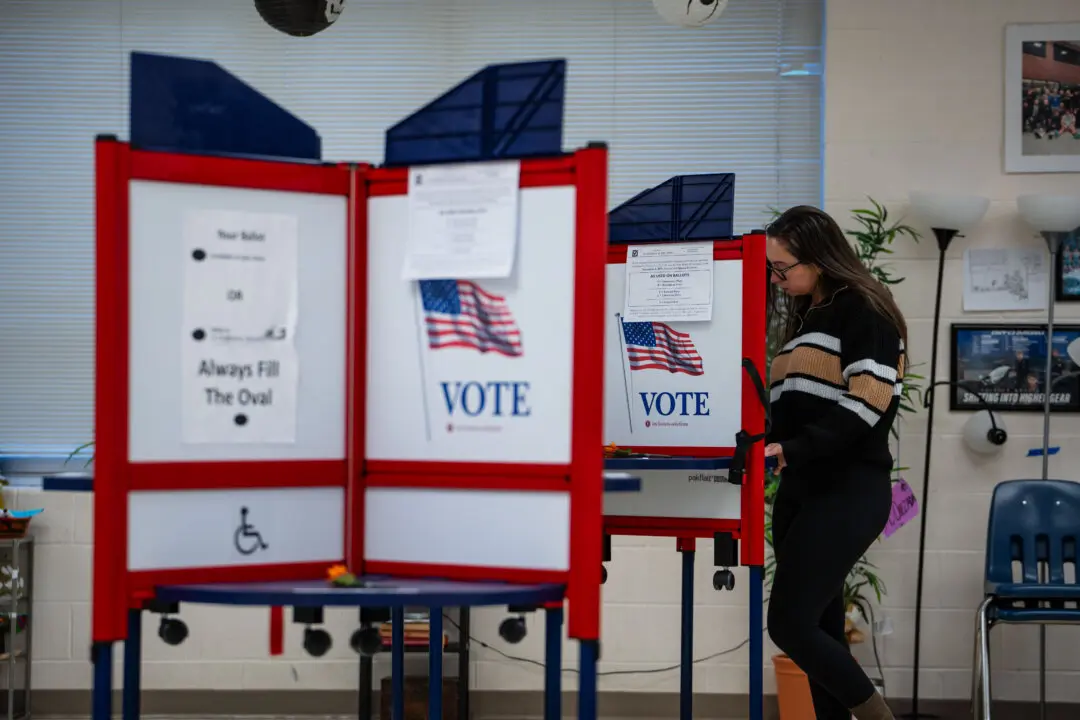A Spanish coin that predates the arrival of Christopher Columbus was discovered in a U.S. national park, according to reports.
A coin minted in the 13th century, about 200 years before Columbus arrived in America, was discovered on the floor of Glen Canyon National Recreation Area in Utah, according to the Daily Mail.





